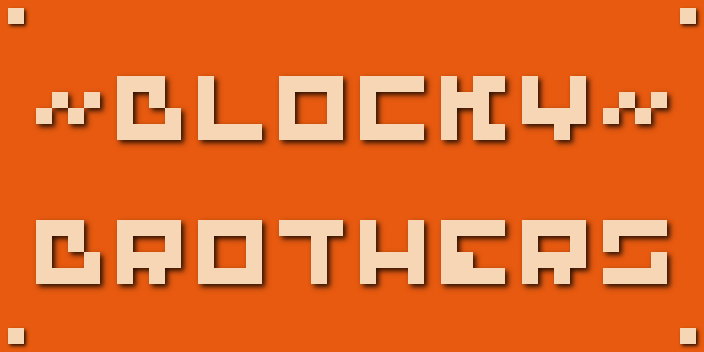The gameplay is still very limited. However you can win, you can loose, you can collect points, you can die, and you can kill.
Lessons learned: Once you start making a game, even if it's a cover of an existing one, your mind starts to come up with new ideas. I hope that I find to make some of these come to live in one of the next releases.
Play in your Browser using Unity Web Player
Download zipped binary: Linux, Mac, or Windows
Features included in sprint 002
- Advanced movement (in air control)
- Killing enemies
- Splatter effects
- Death by touching enemies
- Pits
- Death by falling down the pits
- Time counter
- Death by running out of time
- Live counter
- Scalable GUI
- Sound effects
Upcoming features with sprint 003
- Moving enemies
- Coins
- Coin blocks
- Extra life per 100 coins
- Text bubbles
Special thanks to all people doing great work and sharing it under Creative Commons:
Font
BIT.TRIP SMALL by FerreTrip
Sound
Big Zombie hit by Slave2theLight
Jump by Cabeeno Rossley
Piano Mood Extened by Herbert Boland
Music
8Bit Traveller by Floating Isle
Satisfucktion by Ozzed
Font
BIT.TRIP SMALL by FerreTrip
Sound
Big Zombie hit by Slave2theLight
Jump by Cabeeno Rossley
Piano Mood Extened by Herbert Boland
Music
8Bit Traveller by Floating Isle
Satisfucktion by Ozzed













